On August 15, in Hanoi , National Archives Center I organized the online exhibition "Nothing is more precious than independence and freedom."
The exhibition introduces to the public valuable archival documents and illustrations of the Vietnamese people’s tenacious struggle for nearly a century under colonial rule, as well as the journey of building the country in 80 years of independence. Notably, many of these documents will be publicly released for the first time.
The exhibition consists of 3 parts: Dark Night; Vietnam - a resilient nation; 80 years of the ever-resounding song of triumph.
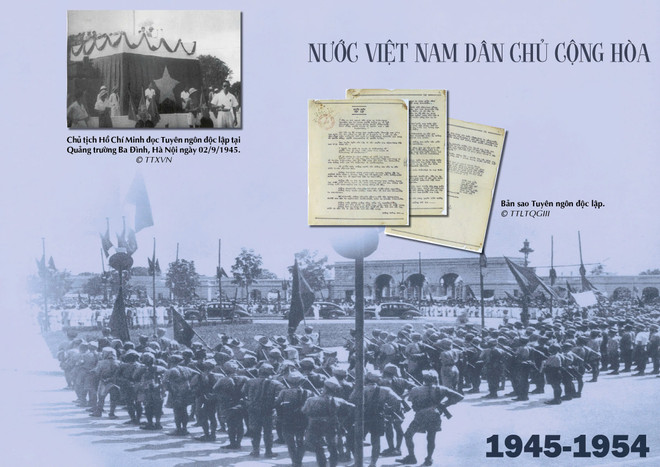
On this occasion, National Archives Center I in collaboration with the President Ho Chi Minh Relic Site at the Presidential Palace introduced the book "The Governor-General of Indochina in the past and the Presidential Palace today."
Located next to Ba Dinh Square, the former Governor-General of Indochina Palace - today's Presidential Palace - was built in the years 1901-1906, initially used as the residence for the head of the Indochina Federation.
On September 2, 1945, the project witnessed the historic moment of the birth of the Democratic Republic of Vietnam.
In October 1954, Hanoi was liberated. President Ho Chi Minh and the Government and the Party Central Committee returned to the capital from the Viet Bac resistance base. He proposed using the Indochina Governor-General's Palace as a place to work and receive guests of the Government and the State of Vietnam. Since then, the building was renamed the Presidential Palace. President Ho Chi Minh himself modestly chose for himself a small house next to the fish pond to live and work.
After President Ho Chi Minh passed away, his entire living and working space at the Presidential Palace was preserved intact, while the Presidential Palace building continued to be used to perform diplomatic ceremonies as well as important domestic activities of the country.
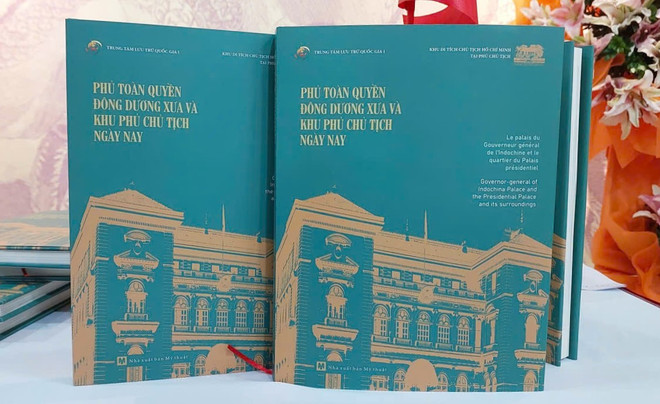
With its great historical and cultural values, the Presidential Palace and the entire Relic Site were recognized as a National Monument of special importance in 2009. Not only that, in 2017, the Presidential Palace was also voted by the American magazine Architecture Digest as one of the 13 most beautiful residences in the world.
The book is written about the space of the former Governor-General's Palace and the current Presidential Palace from many sources. The book not only describes the history of the formation of an architectural work but more importantly, what happened in the center of a capital of French Indochina, now the Socialist Republic of Vietnam.
The book is written in small stories accompanied by archival images that will certainly bring readers not only an understanding of an architectural space but also a historical space from prestigious to sacred, condensing a whole journey of fighting for national liberation and building national autonomy./.
Source: https://www.vietnamplus.vn/tai-lieu-luu-tru-tai-hien-dem-den-cua-dan-toc-truoc-cach-mang-thang-tam-post1055960.vnp



![[Photo] Worshiping the Tuyet Son statue - a nearly 400-year-old treasure at Keo Pagoda](/_next/image?url=https%3A%2F%2Fvphoto.vietnam.vn%2Fthumb%2F1200x675%2Fvietnam%2Fresource%2FIMAGE%2F2025%2F12%2F02%2F1764679323086_ndo_br_tempimageomw0hi-4884-jpg.webp&w=3840&q=75)

![[Photo] Parade to celebrate the 50th anniversary of Laos' National Day](/_next/image?url=https%3A%2F%2Fvphoto.vietnam.vn%2Fthumb%2F1200x675%2Fvietnam%2Fresource%2FIMAGE%2F2025%2F12%2F02%2F1764691918289_ndo_br_0-jpg.webp&w=3840&q=75)



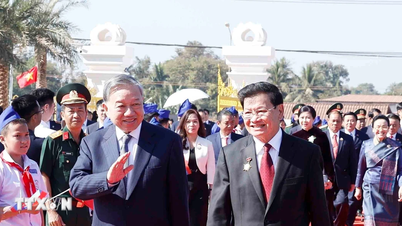
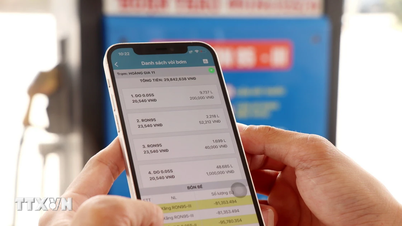

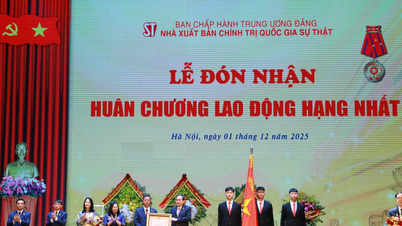
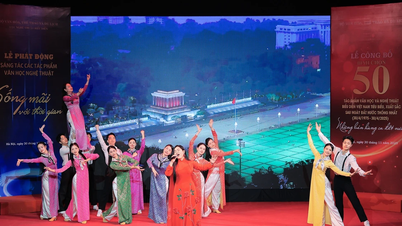
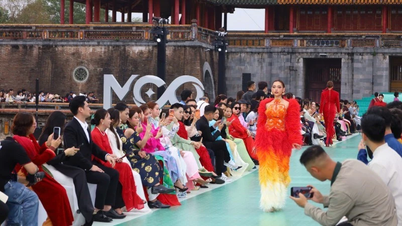

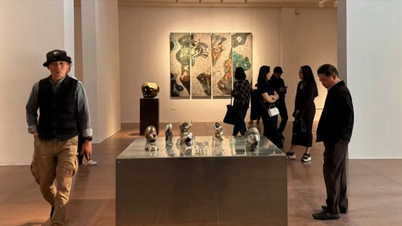





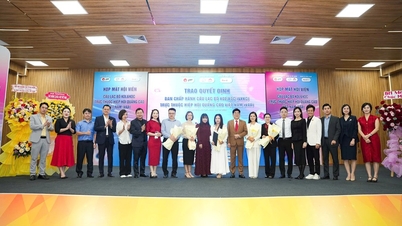





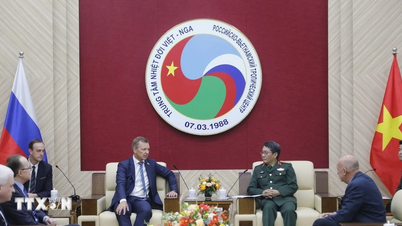

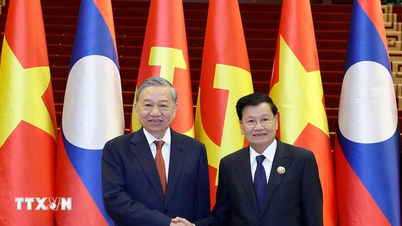
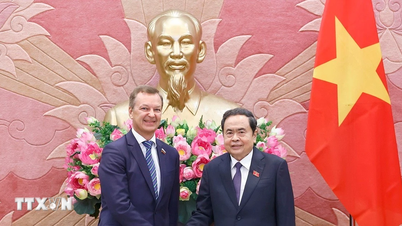
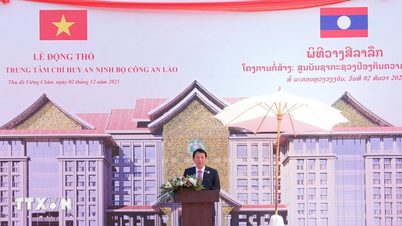
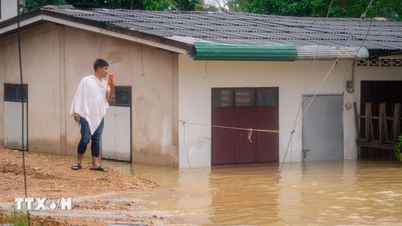
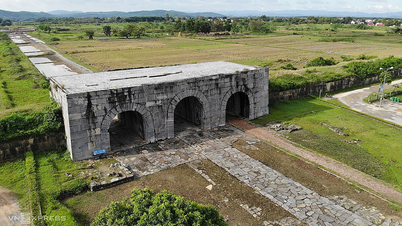





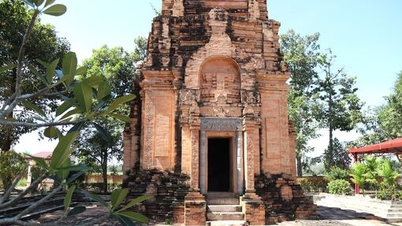

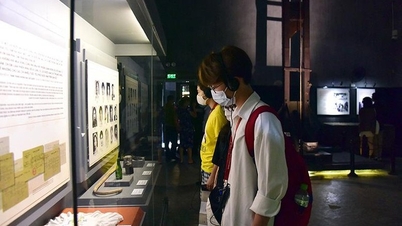
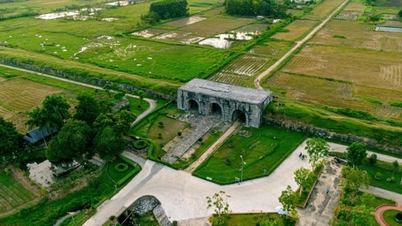




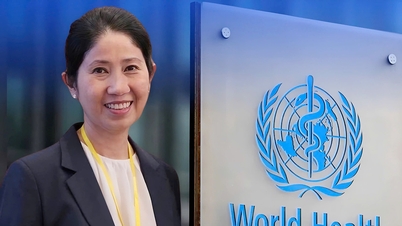







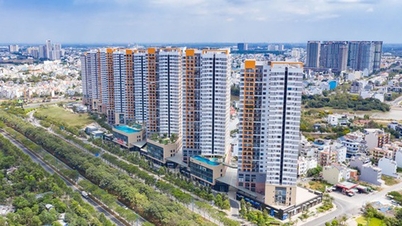




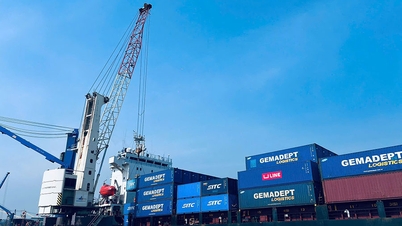







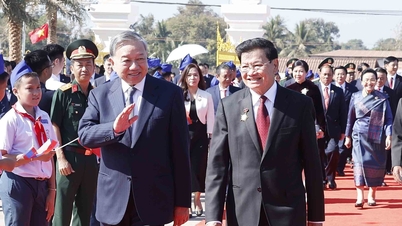




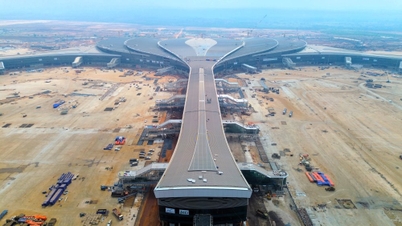



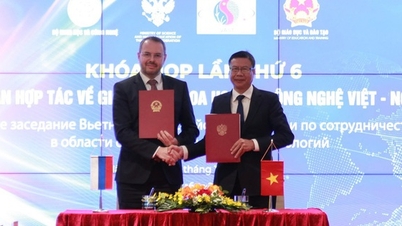
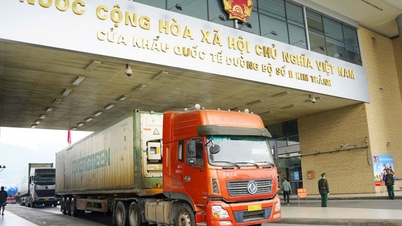



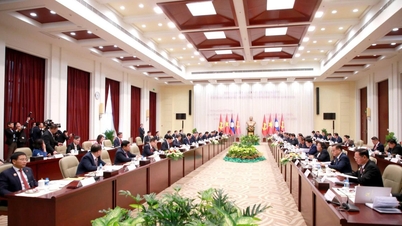

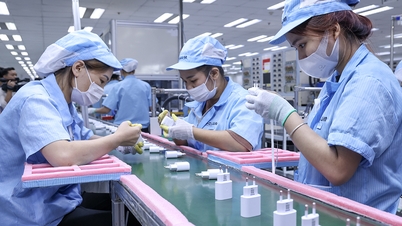


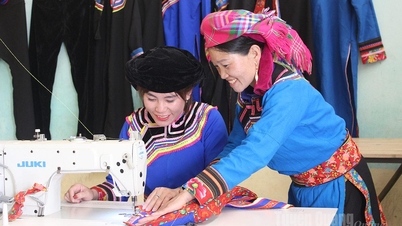


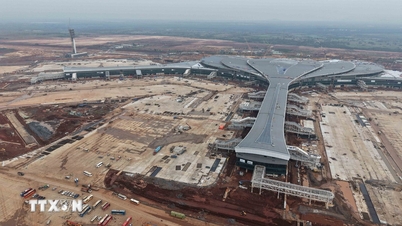













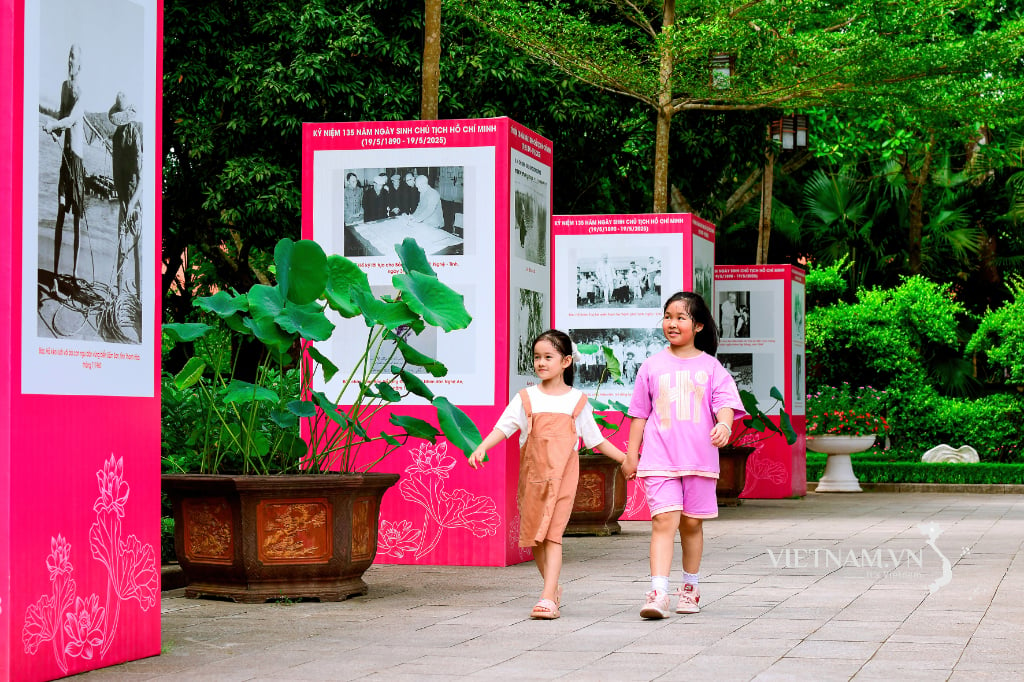
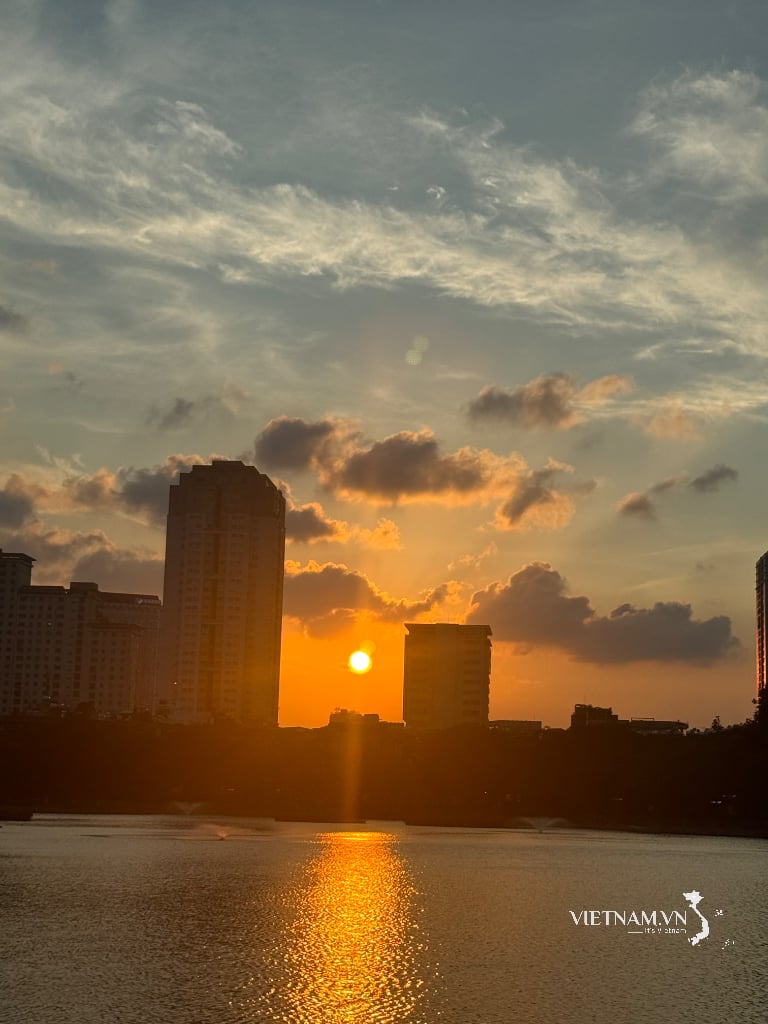

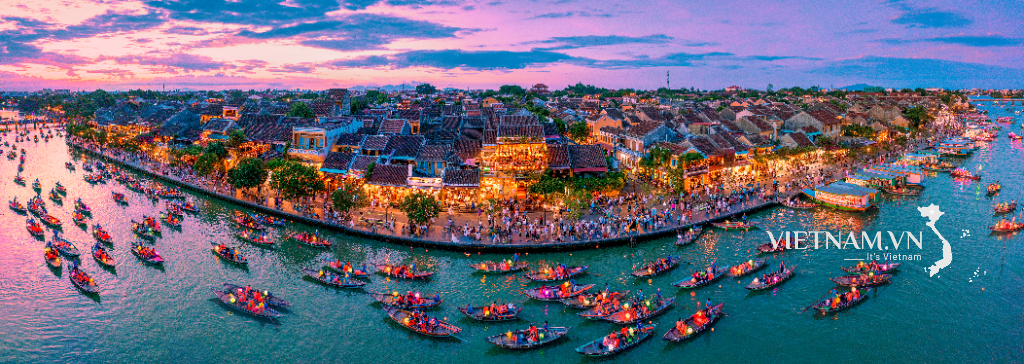
Comment (0)